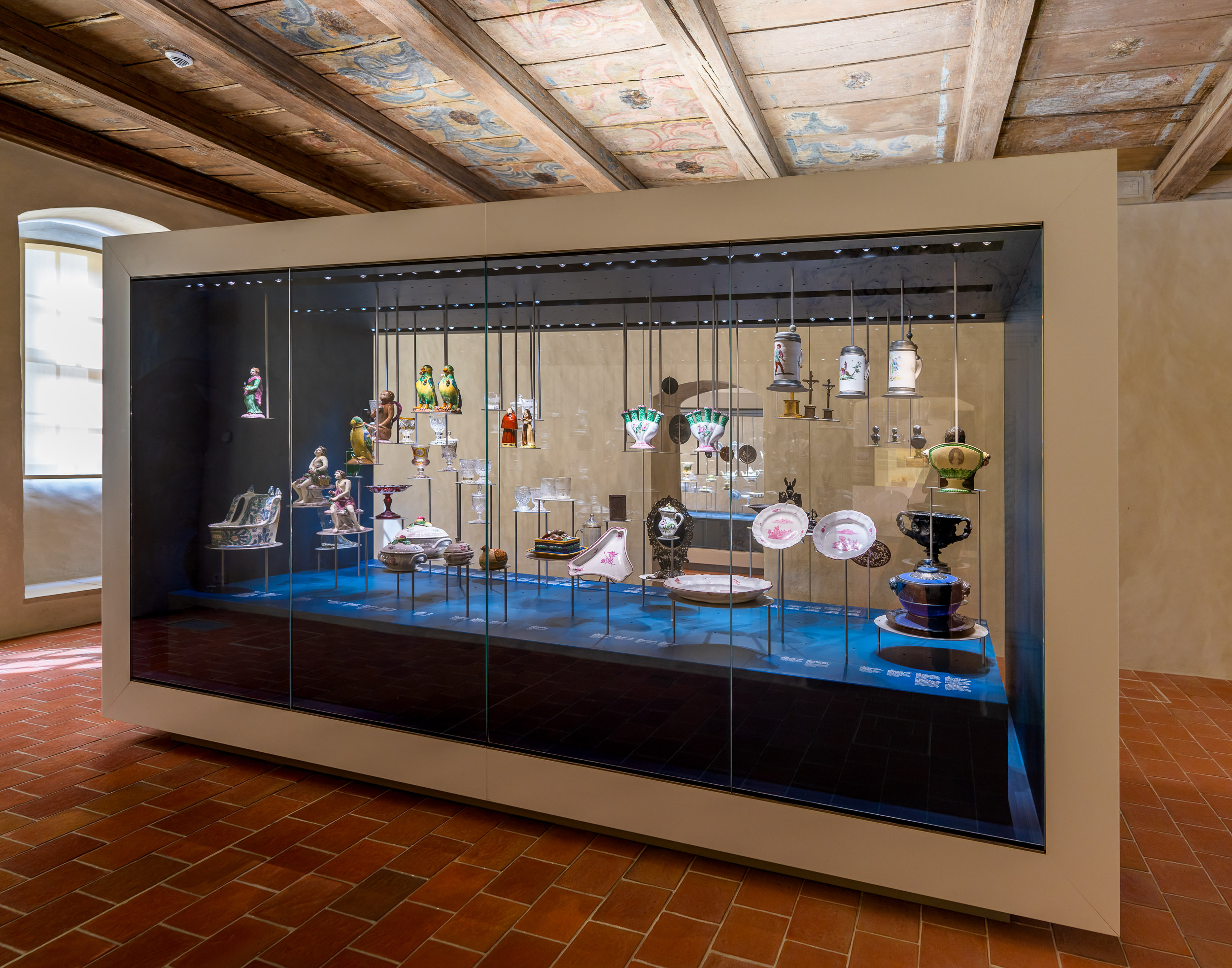
Glass, faience and cast iron
Photographs
3D Models
Arts and crafts in Prussian times
Silesian arts and crafts changed their character during the Prussian period. Alongside predominantly handcrafted goods came manufactured and industrially produced goods. Faience, glass, cast iron and porcelain were still largely produced by hand, but with a division of labour.
The individual trades developed differently. The glass manufacturers in the Giant Mountains knew how to move with the times, adapted their range and remained successful. Iron casting, which was limited to a single production site anyway, experienced a heyday from 1800 to 1835 and then lost importance. In the field of ceramics, faience was initially replaced by earthenware around 1800. The establishment of porcelain factories brought industrialisation to Silesia in this area too. Porcelain developed into an important Silesian export product from the middle of the 19th century.
FAYENCEN
In the second half of the 18th century, faience production facilities were also established in Silesia. Aristocrats and bourgeois entrepreneurs tried to profit from the strong demand for white glazed porcelain-like ceramics decorated with fine paintings. The two Silesian manufactories in Glinitz (founded in 1754) and Proskau (founded in 1763) hardly differed in their products. The musician’s jugs are typical of Proskau. The imaginative design of utilitarian vessels flourished during the Rococo period; animal shapes were particularly popular. Only Proskau was able to hold its own on the highly competitive European market for a long time. From 1793, the factory switched its production to earthenware developed in England, but in 1860 it had to face strong competition from other German manufacturers.
GLASS
Despite all the political and economic changes, Silesian glass manufacturers were able to build on their earlier successes in the 19th century. The strong tourist trade in the Giant Mountains and the spa resorts that began in the Biedermeier period created an increasing demand for glasses with cut or painted townscapes. They were used for drinking the healing waters in the spas and health resorts. As popular souvenirs and gifts, they were also advertising media for the Silesian spas. Despite high production numbers, the quality of the glasses was preserved.
ARTIFICIAL IRON CASTING
The Prussian ironworks not only produced large objects such as military equipment and components, but also developed processes for investment casting at the end of the 18th century. Apart from the Prussian iron foundries in Berlin and (Bendorf-) Sayn, only the ironworks in Gliwice produced ornamental objects, jewellery, medals, plaques and statuettes made of iron. Renowned artists provided the designs for the skilfully crafted objects. Numerous technical specialists were involved in the production process. Objects made of cast iron conquered many areas of everyday life. Biedermeier interiors included small busts of important personalities and plaques with religious motifs, often modelled on famous examples from art history. Iron accessories were found on ladies’ toilet tables. Around 1835, iron art casting reached its artistic peak and continued until the end of the 19th century.
See similar attractions!
On a 2000 m2 exhibition space, visitors can explore approximately 1000 exhibits from the history of Silesian culture.
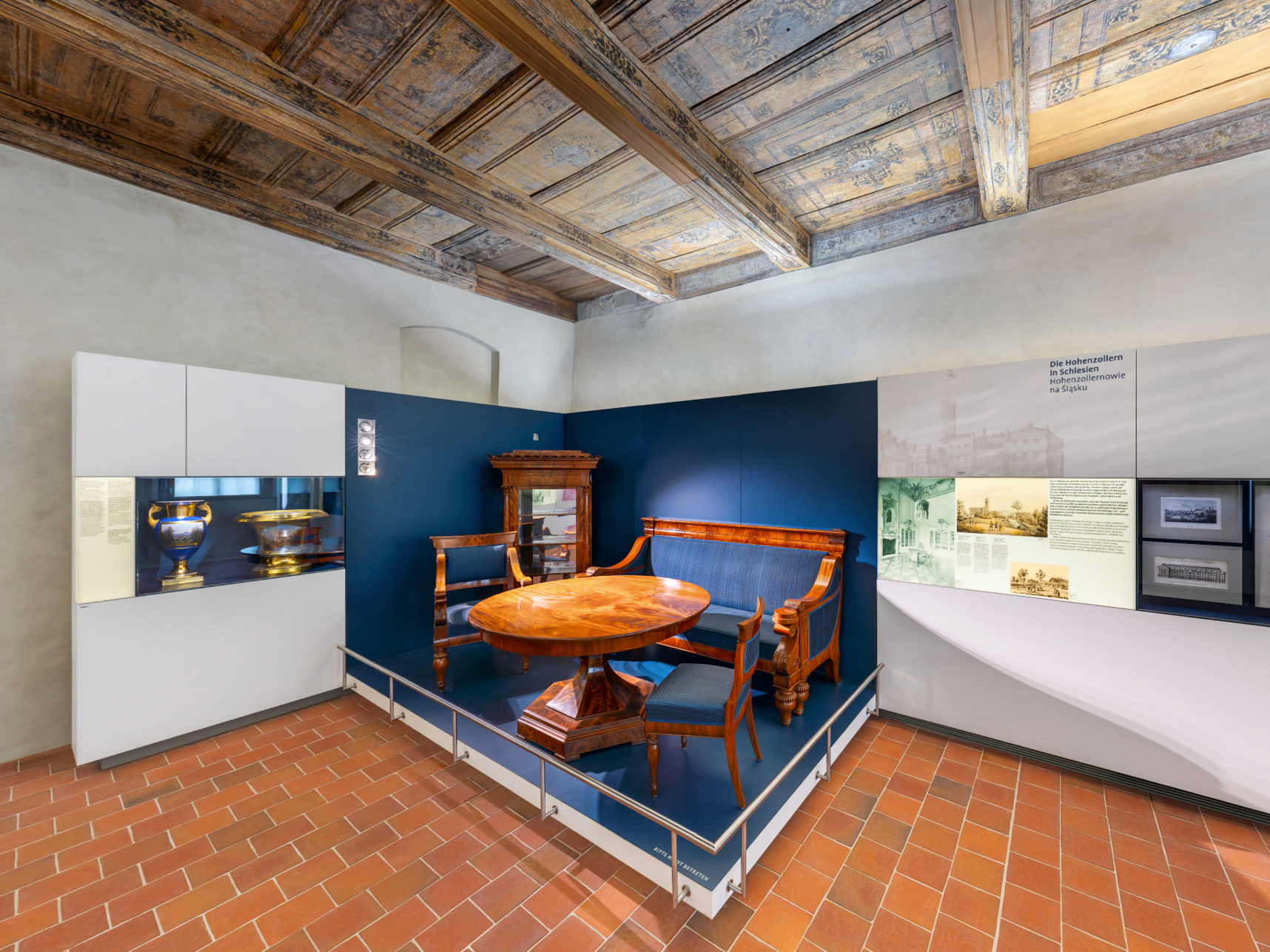)
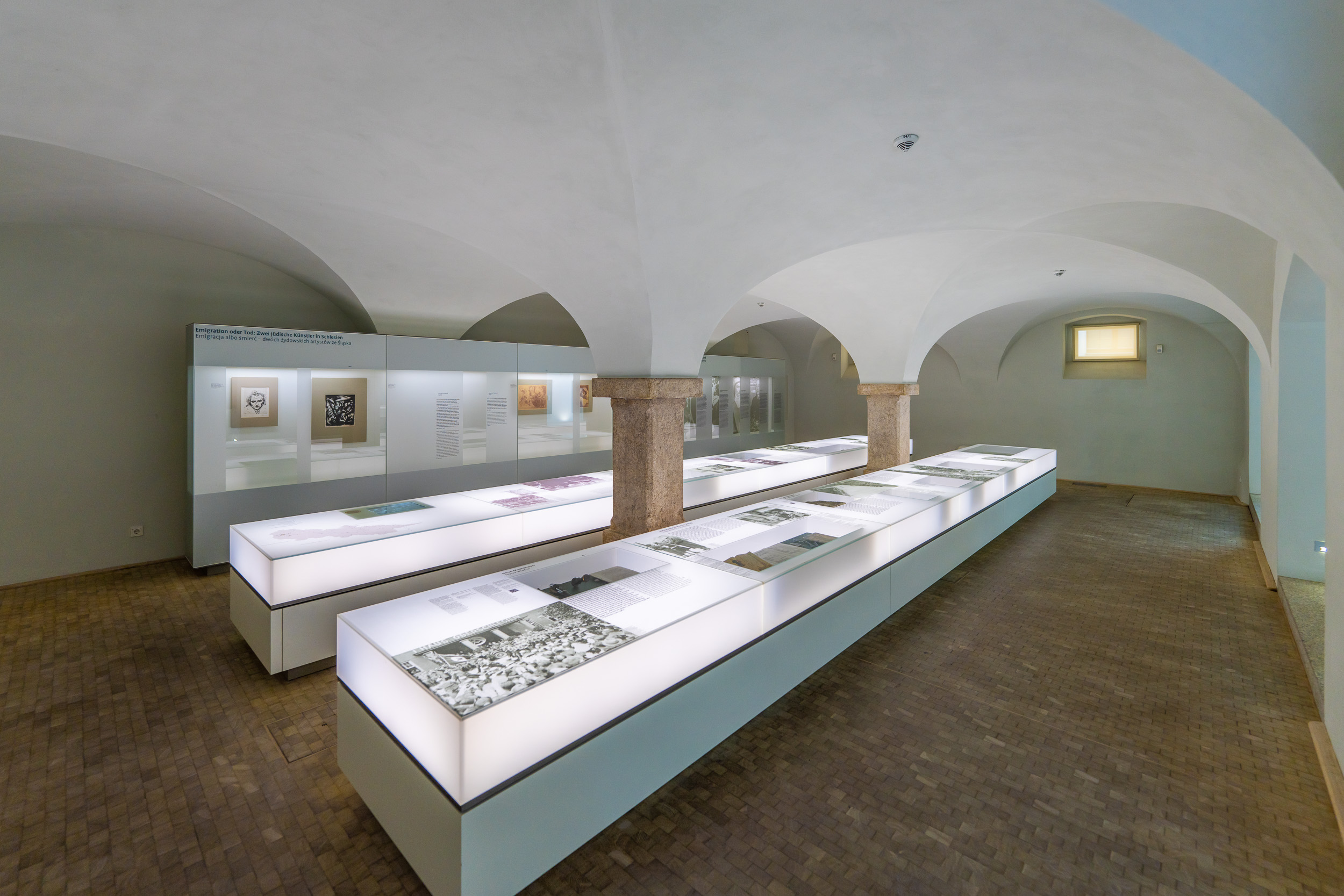)
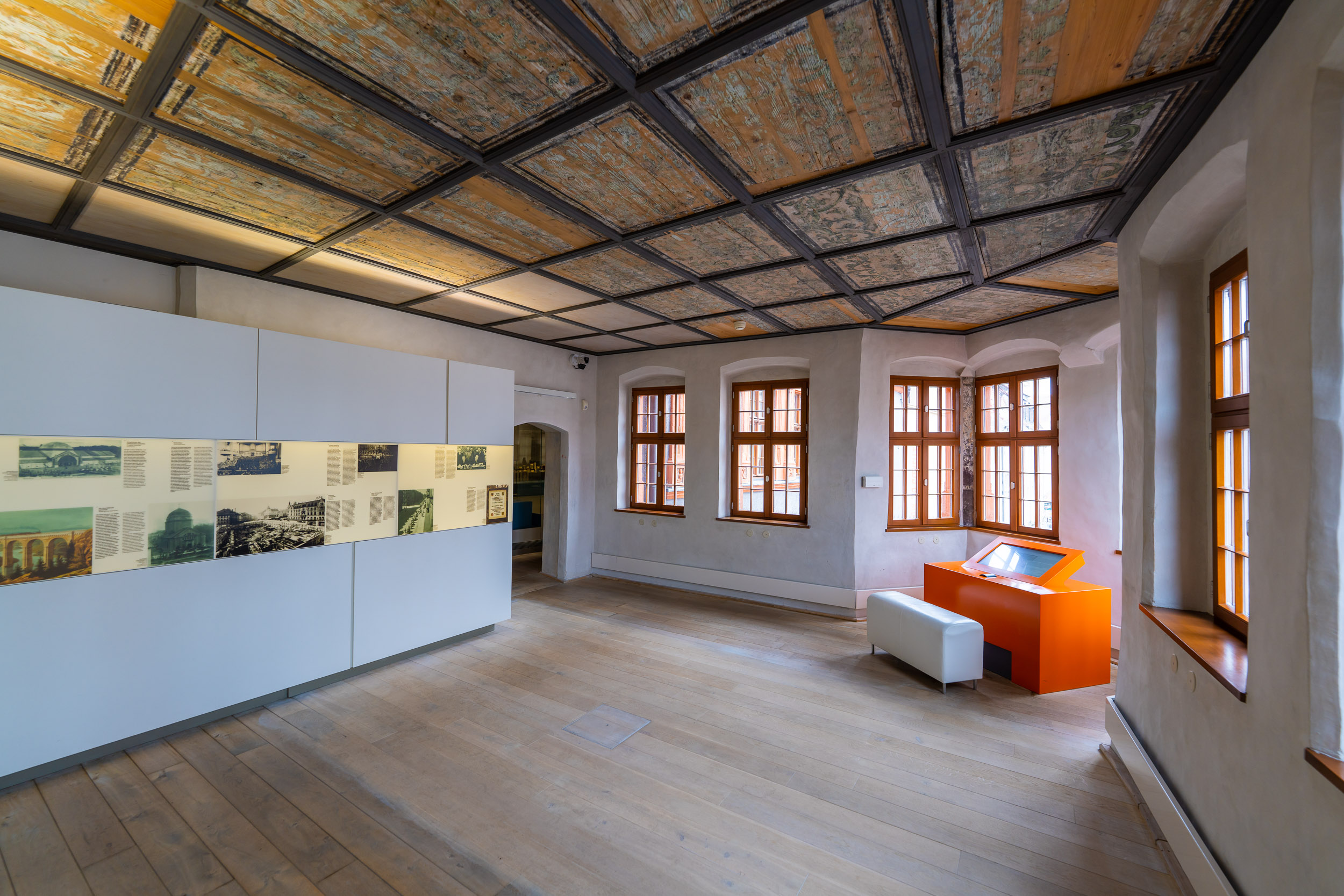)
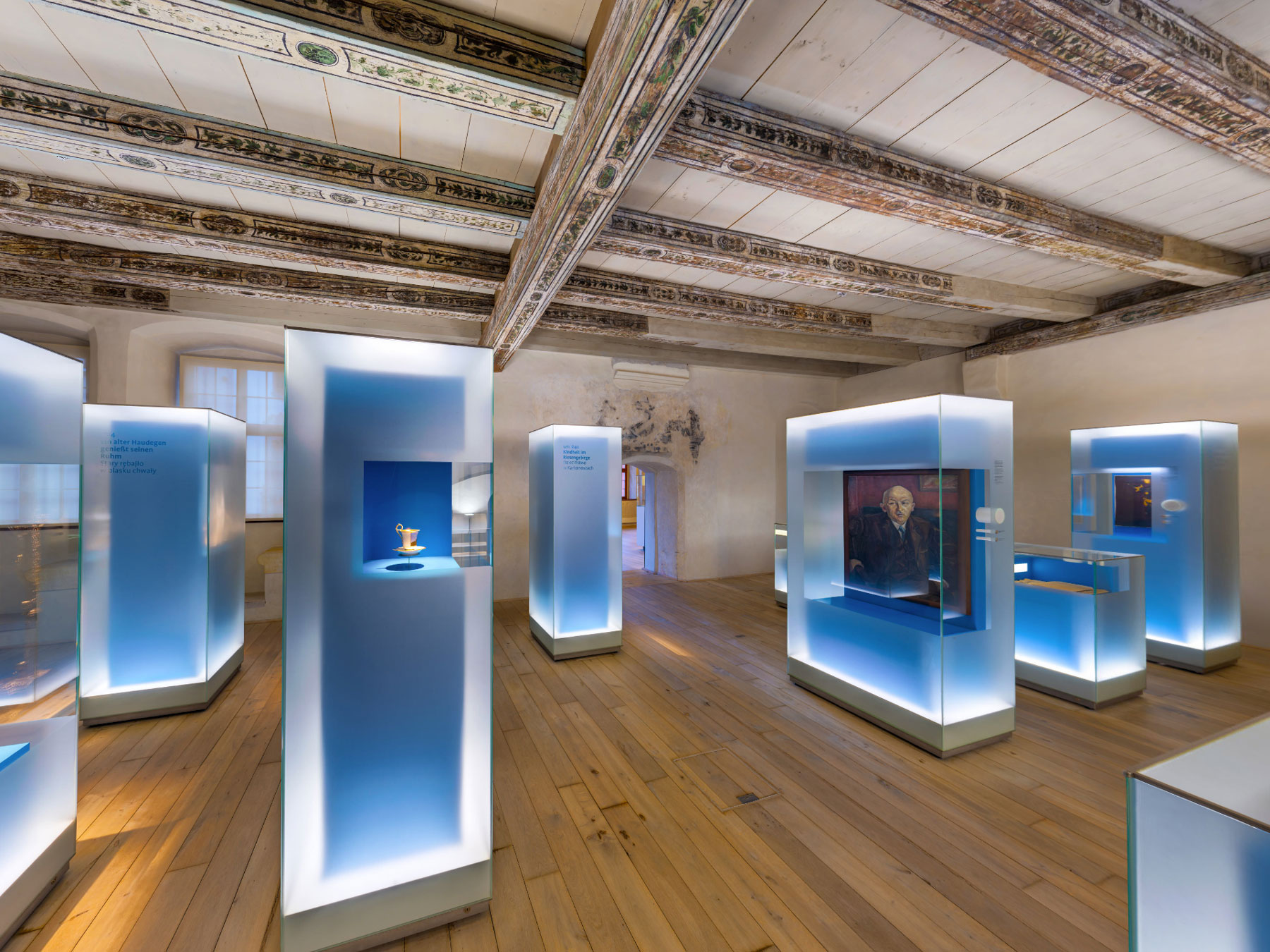)